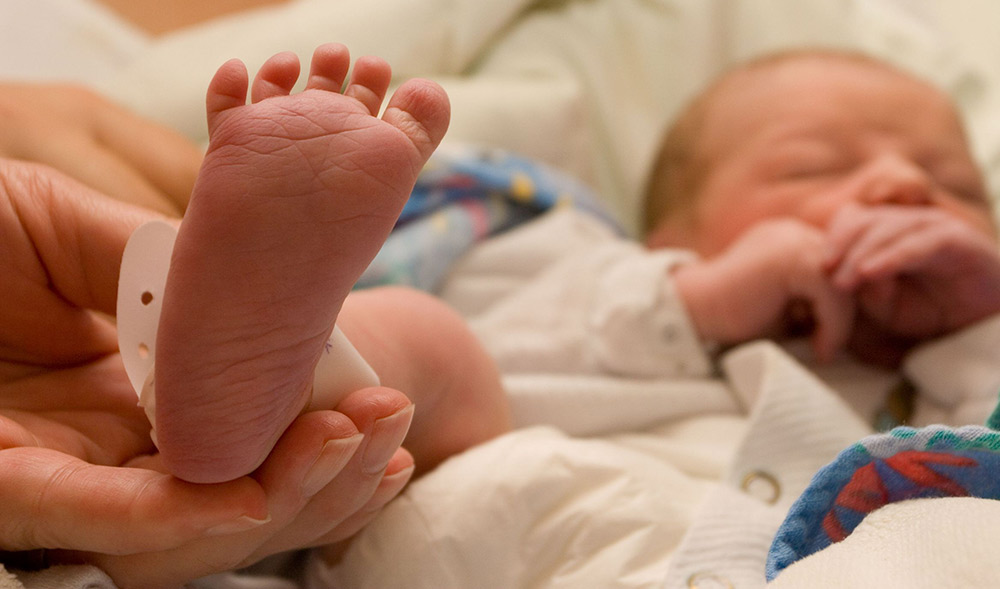- Home
- Blog Page | The Podiatry Practice Brisbane
- FAQ
- Flat Feet in Children
Flat feet in children. How our Brisbane podiatrists can help.
Children are often born with flexible flat feet that will generally develop a normal arch during the first ten years of life. Before the age of three, there is a fat pad in the inside arch of the foot that acts to hide the arch. Often the flexible flat foot in children does not require treatment, but if your child experiences any pain from the condition or the condition does not resolve it is important to have a Podiatrist examine them for any further complications.
As a child’s foot is made largely of cartilage it is more susceptible to the abnormal forces that are produced by flat feet. These forces can lead to permanent structural changes to the joints and bones of the feet that will continue into adulthood. The child may require treatment to support the arch of the foot and reduce the risk of subsequent joint problems later in life. A thorough assessment is recommended if any close relatives have had painful flat feet as a child or an adult.
A ‘rigid’ flat foot is of more concern, as it may be indicative of a condition affecting the bones and joints of the back part of the foot known as a ‘tarsal coalition’ – which requires expert assessment and care.
What causes flat feet in children?
Flat feet may be due to the structure of the bones, muscles and/or ligaments of the foot. Children generally have more flexibility in their ligaments which means the foot will flatten more on standing than an adult foot. Inherited genetic syndromes (eg velocardiofacial syndrome) are also a commonly associated with paediatric flat feet.
What to look out for
Children with flexible flat feet will often have an arch present when non-weight bearing or when standing on tiptoe that flattens when standing. The flexible flat foot in a child is mainly asymptomatic. If pain occurs, it may present in the feet, knees, hips, legs or lower back. In many cases the child will ‘grow out of it’ as the muscles strengthen and the bones and joints mature, but some may require treatment to prevent ongoing problems. Parents are often concerned about the appearance of their child’s feet, especially if there is a family history of flat feet. In this case, it is worthwhile discussing these concerns with a Podiatrist.
Flat feet treatment options
For children under the age of three there is generally no need for treatment, except in severe cases. After the age of three the foot will lose the fatty padding and bone structure will be more easily observed.
If the child has no symptoms and a mild flatfoot condition then usually no treatment will be recommended. Yearly foot checks may be suggested to monitor the development of the child’s feet.
More significant cases of flat foot will be treated with supportive footwear and possible arch padding. More serious cases of flat foot can require foot orthoses (special shoe inserts) to reposition the bones and joints in the arch of the foot, and surgery may be indicated in the most severe cases.
In summary, treatment options include:
- Supportive shoes, and In-shoe modifications
- Custom or prefabricated foot orthoses or insoles
- Shoe modifications
- Adjunct physical therapy e.g. stretching, strengthening of muscles
- Surgery







